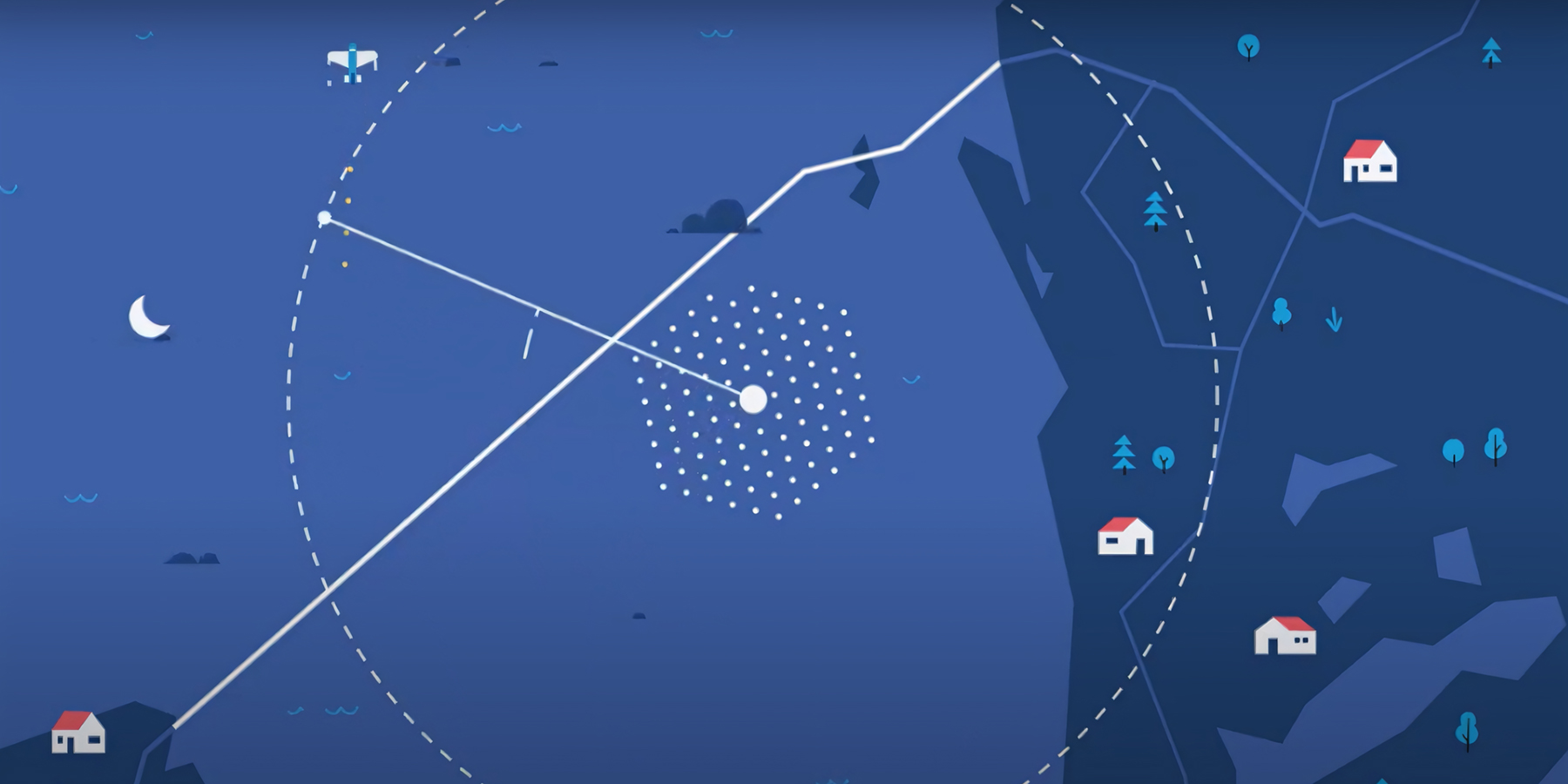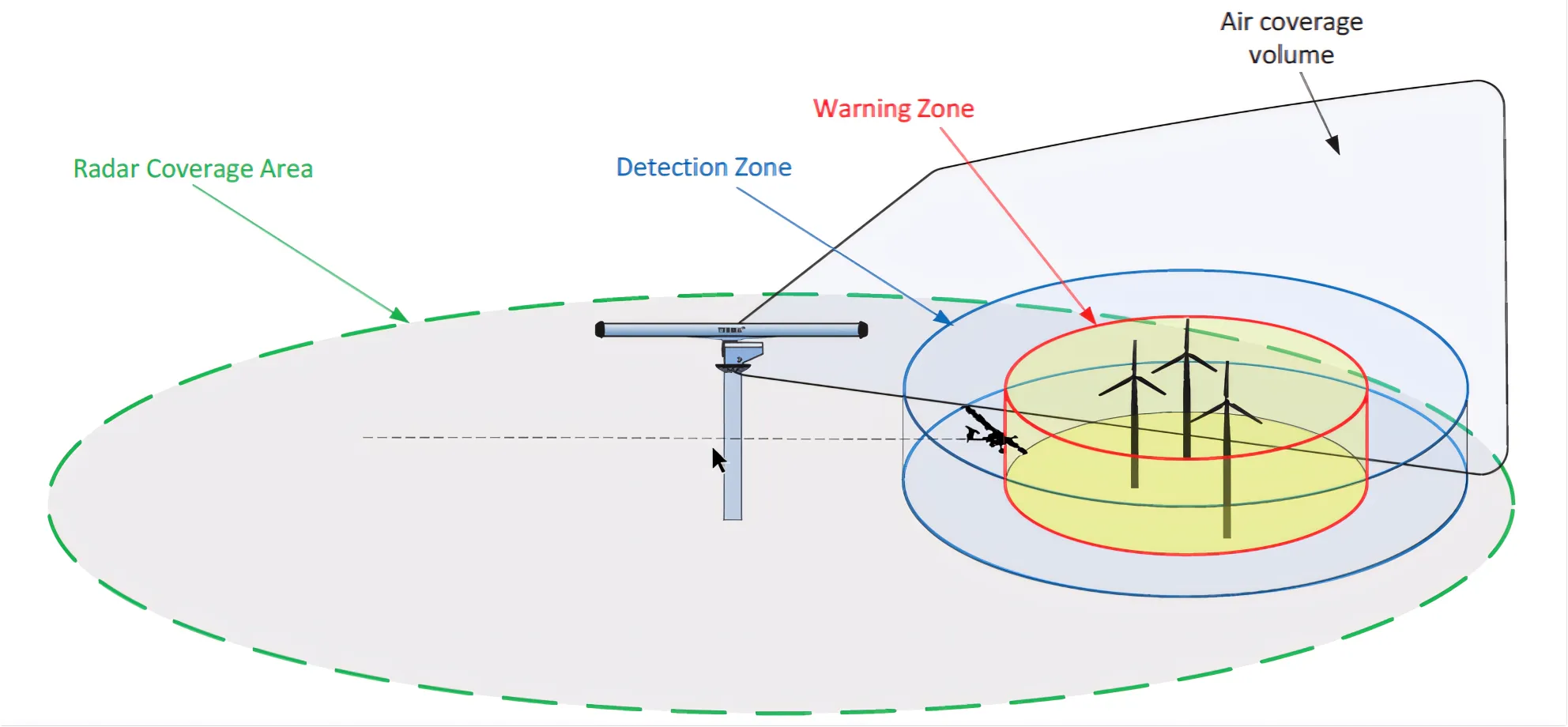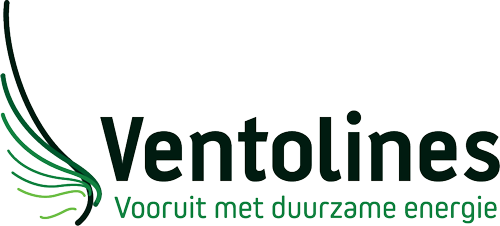Lighting may be turned off at Windpark Fryslan

Ventolines responsible for the development and realization of aircraft detection radar
Since Thursday, February 15, 2024, the lighting at Windpark Fryslân have been turned off. A detection radar at Kornwerderzand makes it possible for the lights to only come on when aircraft enter a certain warning zone.
Since Thursday, February 15, 2024, the lighting at Windpark Fryslân have been turned off. A detection radar at Kornwerderzand makes it possible for the lights to only come on when aircraft enter a certain warning zone.
Wind turbines with a tip height of more than 150 meters are legally required to be equipped with aviation lighting. At Windpark Fryslân, this applies to the outermost 30 wind turbines. The wind turbines have a lamp at the top that emits white light during the day and red light all around at night. When the radar is activated, the red lights flash when an aircraft is nearby.
The aircraft detection system at Kornwerderzand ensures that the lighting is turned off at night when there are no aircraft near the wind park. The location of the system has been chosen because of the unobstructed view of the surroundings necessary to make the system work as effectively and safely as possible.
Ventolines has been responsible for the development (including the permit applications) and the implementation of the aircraft detection system, the first of its kind in the Netherlands for a wind park.
From the very first phase of the design of Windpark Fryslân, efforts were made to explore the possibilities of selectively turning off the aviation lighting. As early as 2012, Ventolines, on behalf of the wind park, attended an international trade fair to examine radar detection systems.
Ensuring the safety of air traffic is paramount. An extensive dialogue between the ILT (Inspectorate for Living Environment and Transport) and Ventolines’ experts ultimately led to the selection of this specific system. Multiple test flights were also conducted, demonstrating the radar’s effectiveness. Windpark Fryslân thus meets all safety requirements while also addressing the interests of the wind park’s surroundings to the maximum extent.
This is the first time that a detection system of this specific type has been implemented in the Netherlands. We aim to leverage our experience and knowledge for other wind energy projects. Ventolines seeks to set an inspiring example for other projects in the Netherlands.
The realization of this project fulfills a long-held desire of Windpark Fryslân’s shareholders. Ventolines extends its sincere congratulations to them and the surrounding community of Windpark Fryslân on the deployment of the aircraft detection system.
View an animation about the lighting of the wind park here:
How does the aircraft detection system work?
- When aircraft enter the detection zone (approximately 10 km from the wind park), the radar tracks the aircraft.
- When aircraft enter the warning zone (approximately 7 km from the wind park), the system turns on the lighting of the wind park.
- After aircraft have left the warning zone, the lighting is turned off again with a time delay of 1 minute.
The approach detection system is provided by Terma, allies in innovation. Additionally, Terma is responsible for the operation of the radar during the operation.

